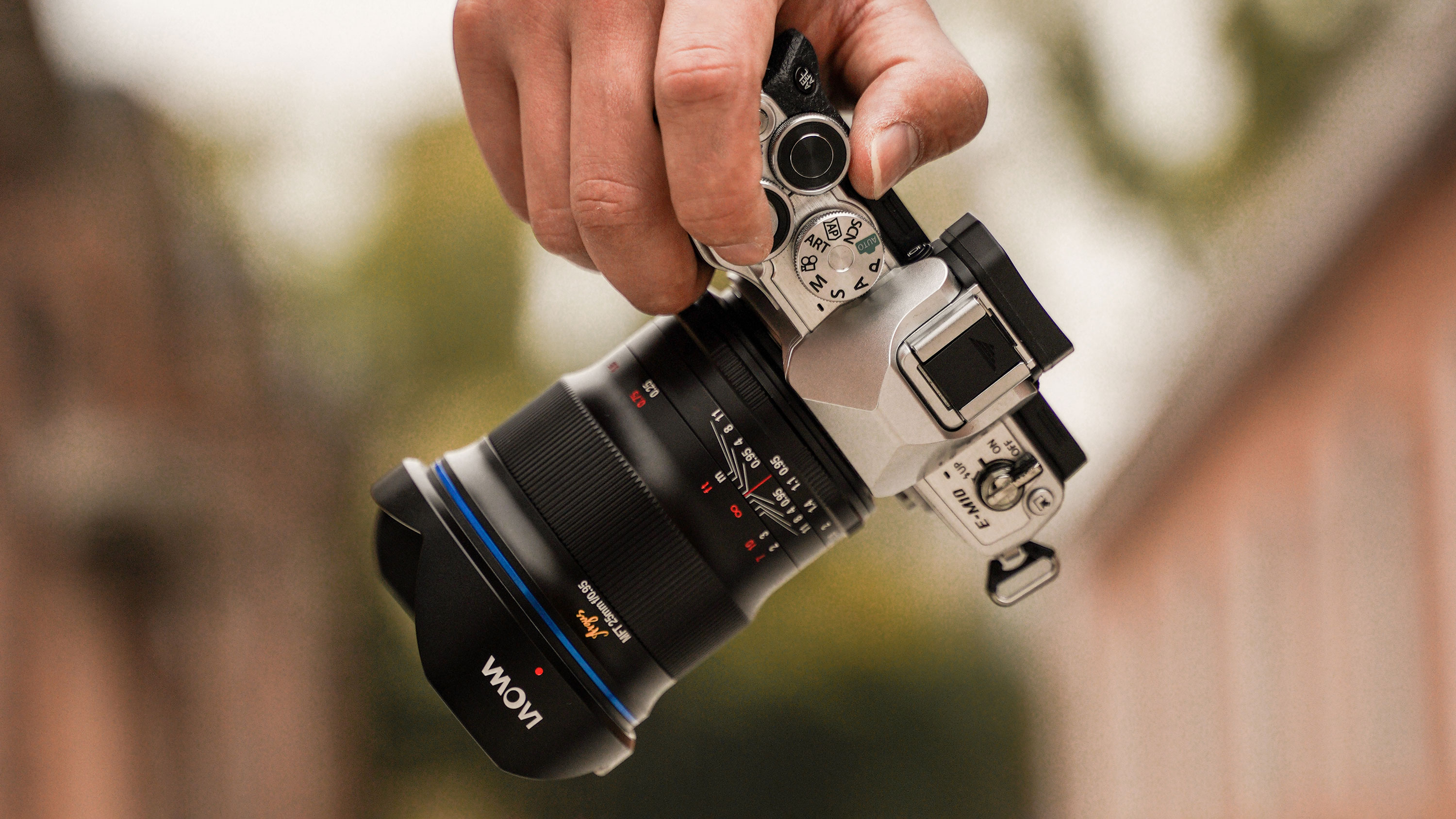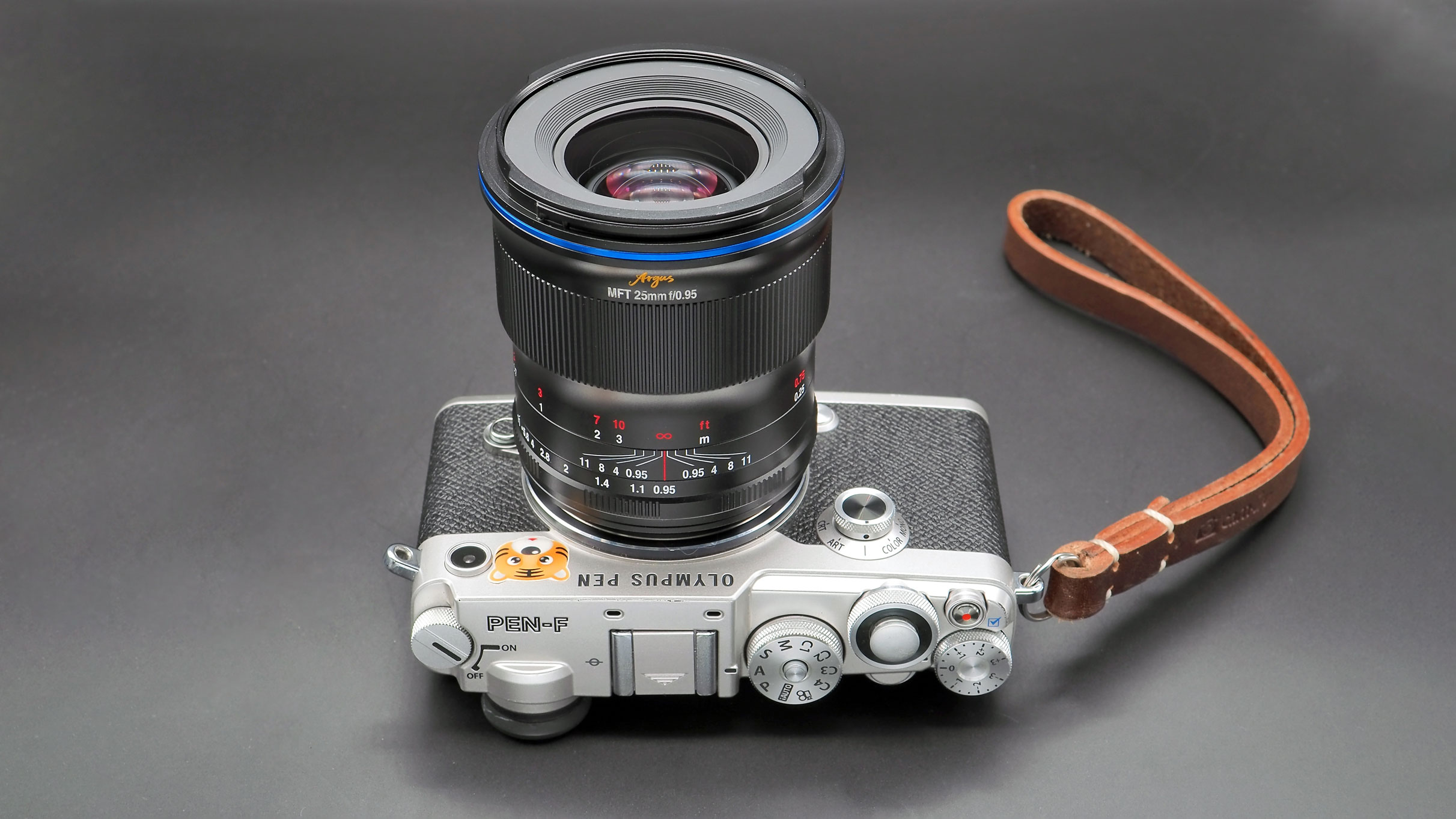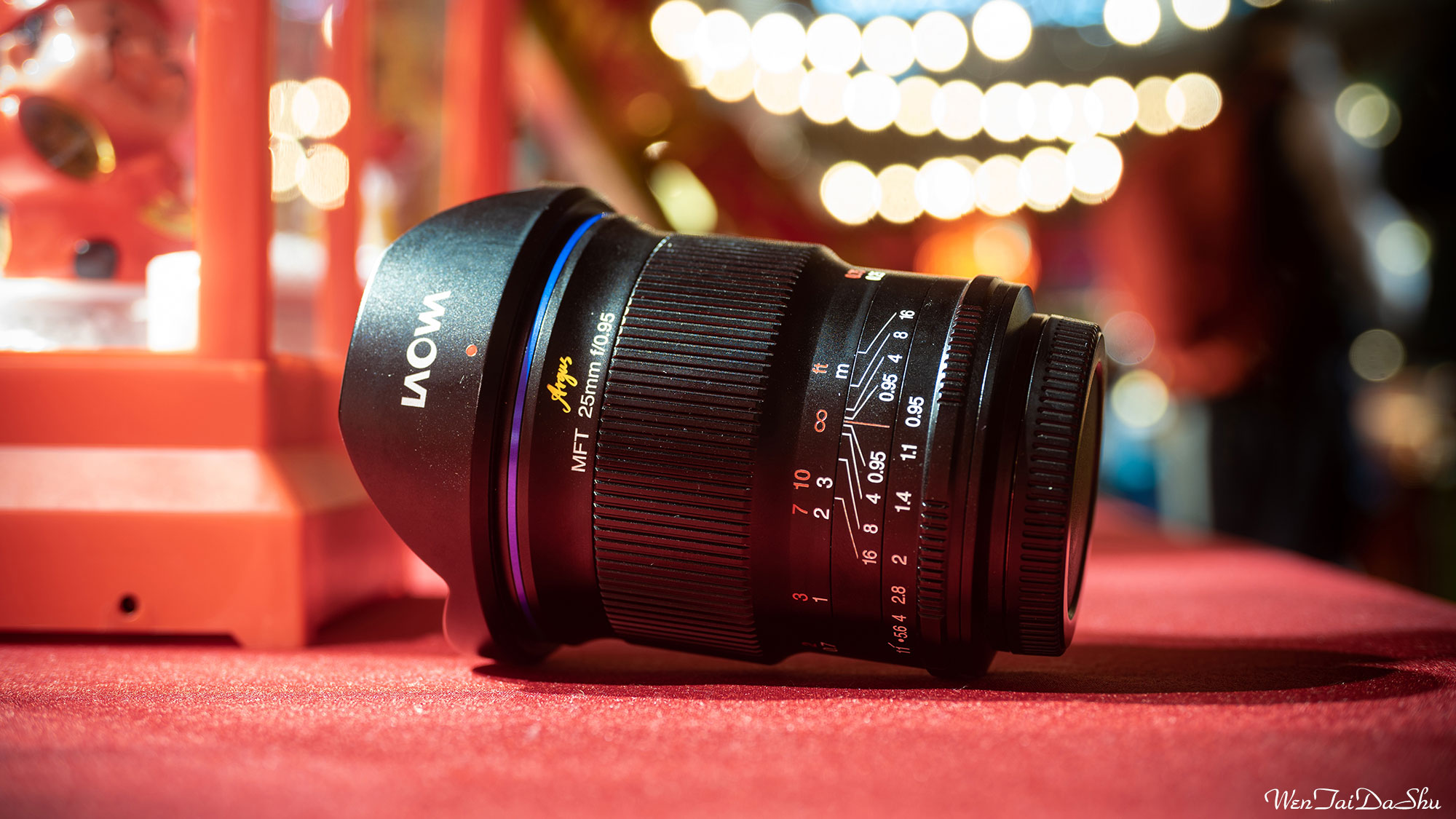The breathtaking simplicity of manual focusing: don't let AF tech get in the way
Laowa launches the Argus 25mm f/0.95 APO manual focus MFT lens and makes us think all over again about focusing

You don’t need us to tell you that modern AF systems are complicated. You’ve got AF-S vs AF-C, AE-L, AF-ON, face, eye (left eye or right eye) AF, animal eye AF, AF tracking, AF point/zone/auto-area-AF selection, contrast vs phase detect AF, touch AF, touch shutter AF, AF thumbsticks, AI subject-recognition AF and even direction-of-eye-gaze AF. And all this, just to focus on a thing.
Now of course, all this AF technology has a purpose. If you’re a vlogger filming yourself, you need a camera that can track your face and keep you in focus. If you’re a pro sports photographer, any tech that can increase your hit rate will also boost your reputation and your earnings.
But for everyday, ordinary photography, this AF tech isn’t just overkill – it can actually get in the way.
And it takes a simple, ‘dumb’ manual focus lens like the Laowa MFT Argus 25mm f/0.95 APO to bring this whole issue into sharp focus (sorry).
• Read our hands on Laowa MFT Argus 25mm f/0.95 APO review
When you put this lens, or any other manual focus lens on a camera, all the autofocus tech suddenly becomes irrelevant, and probably at least 50% of the complexity around using modern digital cameras.
You’re thrown back on your own physical resources. You have to look at your subject and turn a focus ring until it’s sharp. That does not take a lot of effort. It does mean retraining your picture-taking reflexes after years of camera automation, and for a while you’ll probably keep missing shots because you forgot to focus.
Get the Digital Camera World Newsletter
The best camera deals, reviews, product advice, and unmissable photography news, direct to your inbox!
But if you persist, you’ll notice three things happen:

1. You’ll start using depth of field again
There’s a resurgence in manual focus prime lenses, and the Laowa MFT Argus 25mm f/0.95 APO is just one example. These lenses typically have long-travel mechanical focus rings. This means they have focus distance scales precise enough to be actually useful and depth of field markings for easy hyperfocal and zone focusing. Remember those? Two very useful techniques that AF lenses have made so difficult that we don’t bother any more.
2. Your camera will react more quickly to the shutter button
Remember when cameras tripped the shutter the instant you pressed the shutter button? Ah, those were the days. Now we have to wait until the camera’s satisfied with the focus. But with a manual focus lens, those days are back – and after years AF you’re going to find your camera’s new-found instant reactions quite unnerving.
3. You’ll realise you often only need to focus once
Modern cameras are very smart. They’re also very dumb. They treat every image as a new adventure, even if it’s actually the same as the one before. They check the exposure when it hasn’t changed, they check the white balance again even though the light is the same, and they’ll focus all over again on a subject that hasn’t moved.
There are lots of reasons you might want to persist with autofocus and they’ll often be very good ones. But don’t dismiss manual focus just because it’s ‘old’ or because it sounds like hard work. For all the things we’ve gained with modern digital cameras, there’s a few things we’ve lost too.
Oh, and a big shout out to Laowa, Samyang, TTArtisans, 7Artisans, Voigtländer, Zeiss, Leica and every other classic MF lens maker out there. Please keep going!

Laowa MFT Argus 25mm f/0.95 APO details
That's not a typo. Yes, this is an f/0.95 lens. Laowa's Argus range features super-fast apertures you'll rarely seen anywhere else.
It's an MFT lens, so it's for Olympus and Panasonic Lumix G cameras, where it offers an equivalent 50mm lens angle of view. It does have a de-clicked aperture ring, so it might work rather well on a Blackmagic Pocket Cinema 4K camera too.
For a manual focus MFT lens, it's pretty large, but that's because there's a lot of glass in there. And there's one more remarkable thing about this lens aside from the maximum aperture, and that's the price. At $449 (about £343/AU$619), it's pretty exceptional value for its specs.

Rod is an independent photography journalist and editor, and a long-standing Digital Camera World contributor, having previously worked as DCW's Group Reviews editor. Before that he has been technique editor on N-Photo, Head of Testing for the photography division and Camera Channel editor on TechRadar, as well as contributing to many other publications. He has been writing about photography technique, photo editing and digital cameras since they first appeared, and before that began his career writing about film photography. He has used and reviewed practically every interchangeable lens camera launched in the past 20 years, from entry-level DSLRs to medium format cameras, together with lenses, tripods, gimbals, light meters, camera bags and more. Rod has his own camera gear blog at fotovolo.com but also writes about photo-editing applications and techniques at lifeafterphotoshop.com
